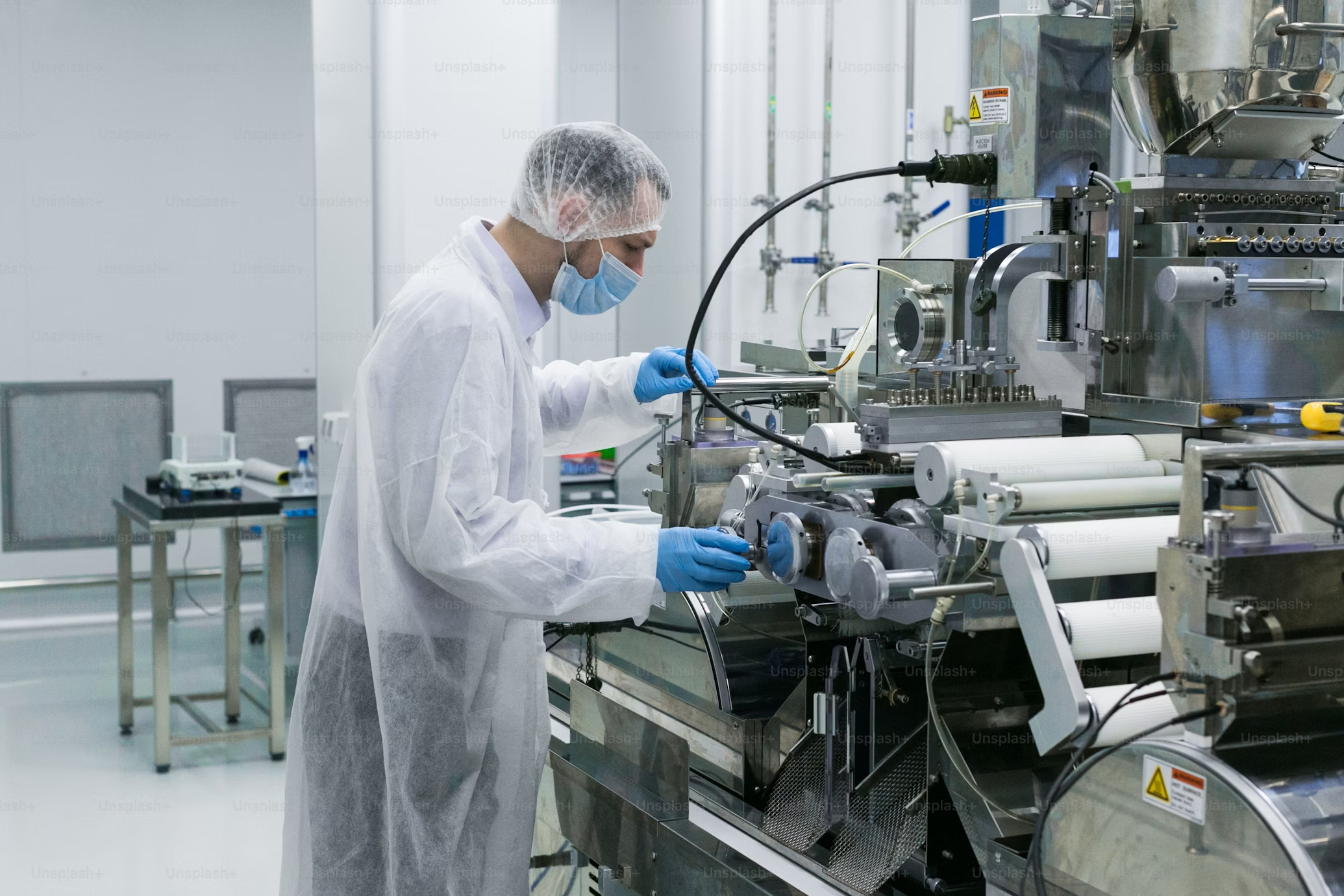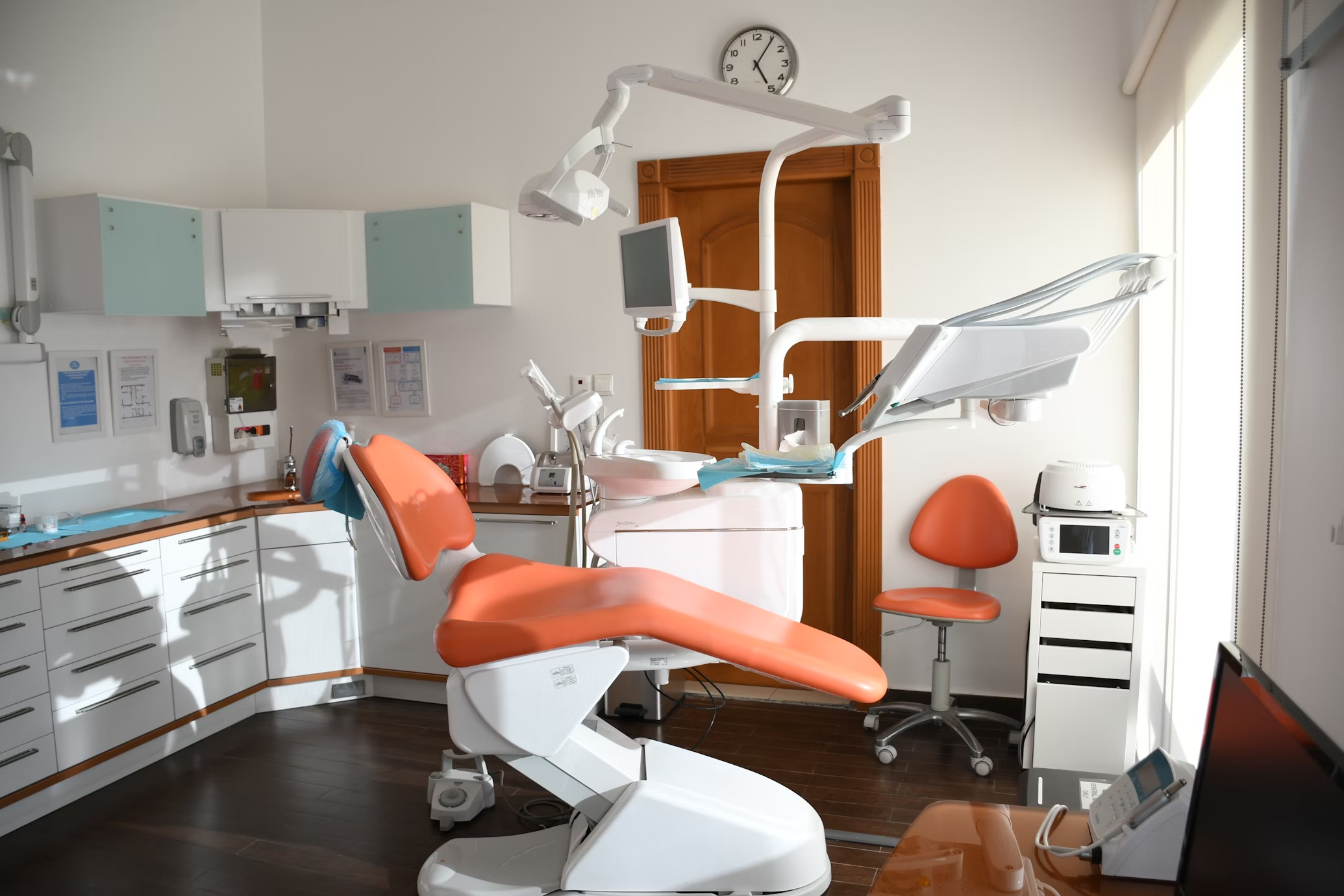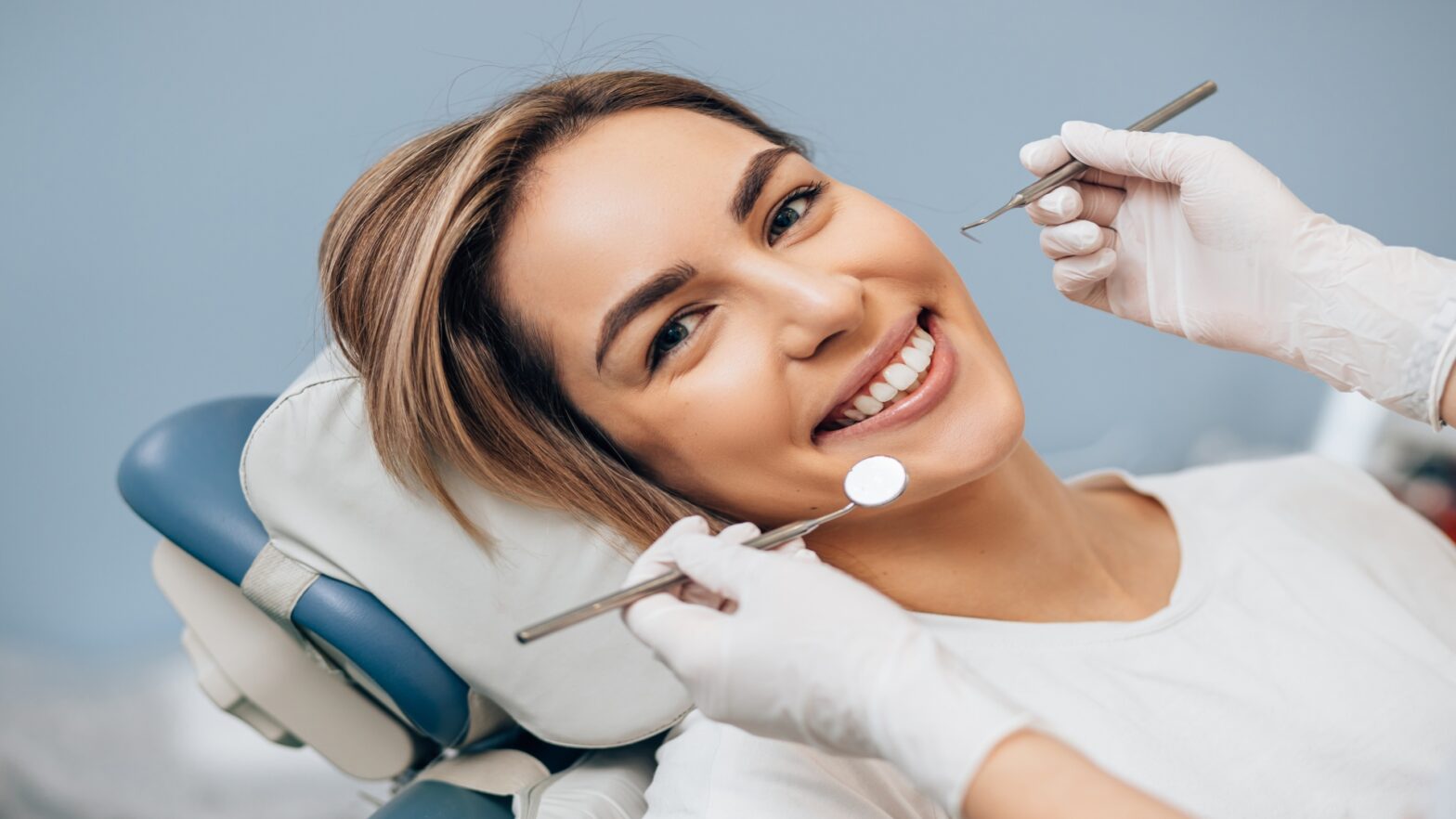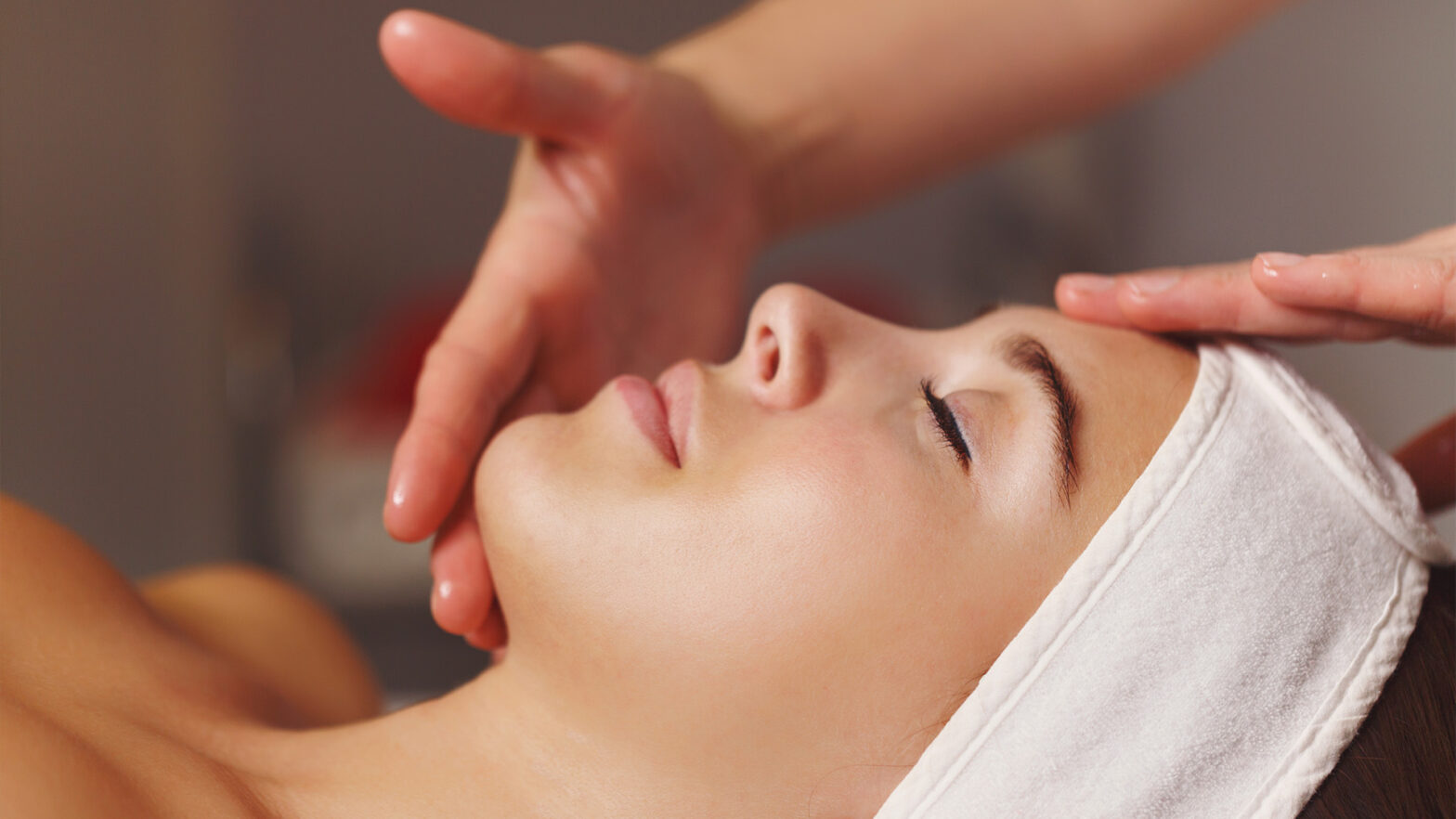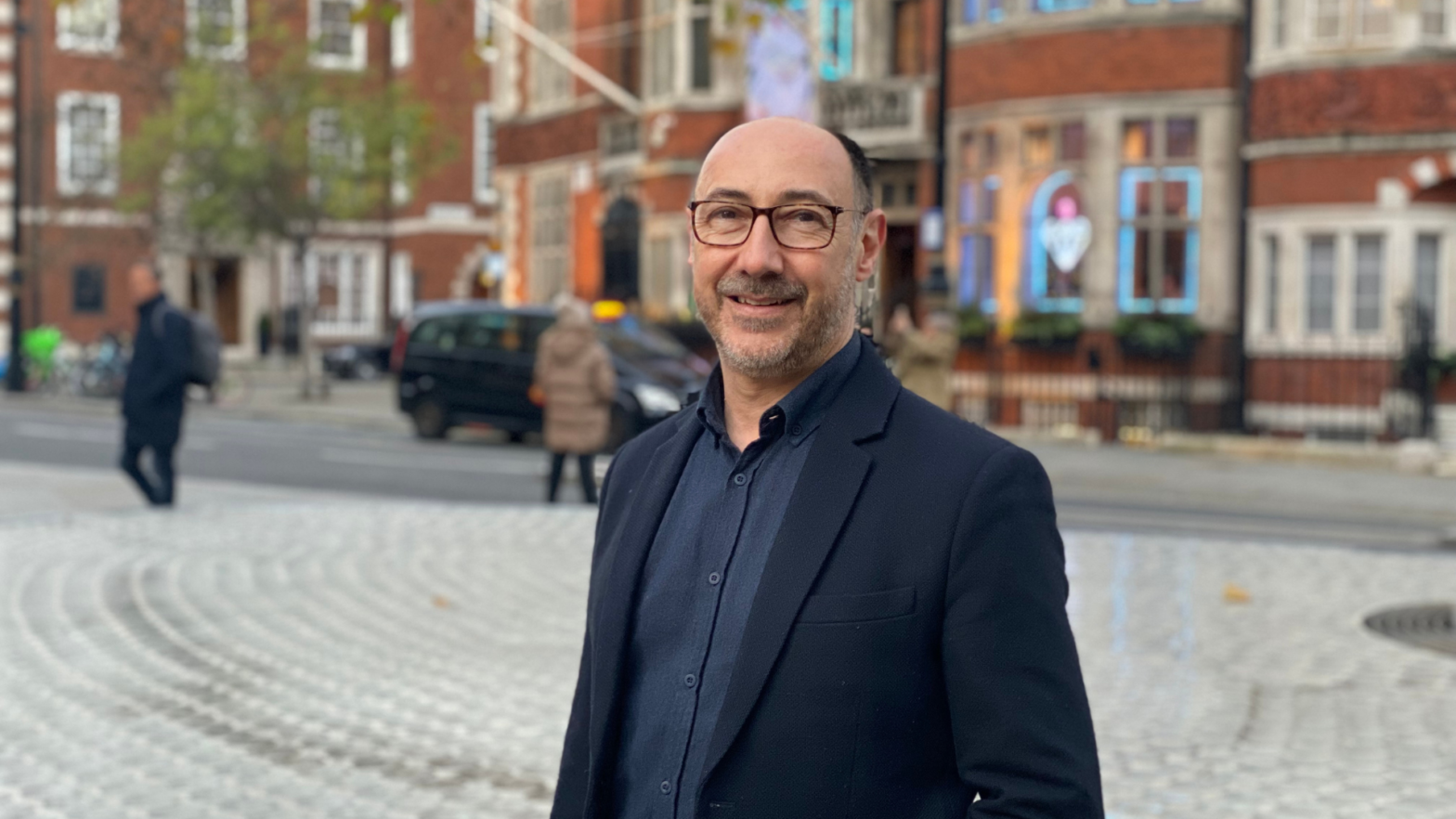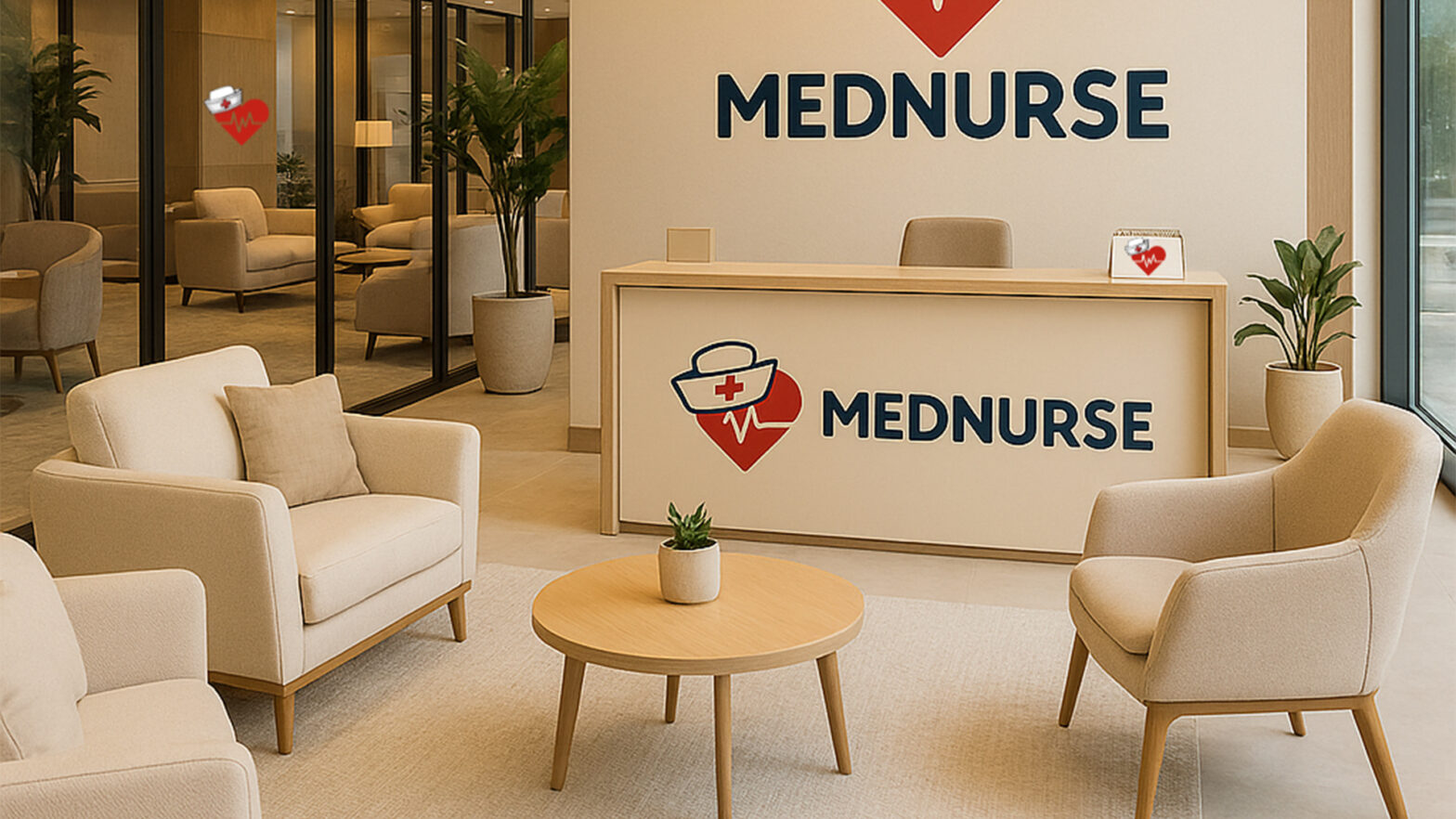Dentistry is moving away from a one-size-fits-all model and toward something far more effective—care built around the individual. Patients are no longer seen as cases to be treated but as people with distinct histories, preferences, and health goals.
This change is being driven by a deeper understanding of how personal factors affect oral health and a stronger emphasis on long-term outcomes. As a result, treatment is becoming more precise, more proactive, and more aligned with each patient’s lifestyle.
Read on to discover how personalised dental care is changing the way we think about oral health.
Improving Comfort and Reducing Anxiety
Feeling tense or uncertain before a dental appointment is common. What changes that experience is how you’re treated the moment you walk in. A setting that responds to your preferences—both spoken and unspoken—can shift the tone of each visit and help ease hesitation over time.
For some, small environmental adjustments make a big difference. Soothing lights, muted sounds, or even the option to wear noise-canceling headphones can create a setting that feels less clinical and more calming. Adjustable chairs and gentle pacing during procedures also help patients feel more physically at ease.
In other cases, the key factor is clarity. When your provider explains each step in advance using plain, visual language—or lets you signal when you need a moment—it helps reduce feelings of uncertainty. This can be especially important if you’ve had past experiences that made you nervous or uncomfortable.
Equally important is how communication is handled throughout the appointment. Some patients respond best to detailed walkthroughs. Others prefer brief check-ins and reassurance at key moments. Recognising your triggers and tailoring the interaction accordingly helps make each step less stressful.
Patients who choose a dental practice led by Dr. Garrett Dennis or another trusted professional in their area often find this kind of attentiveness makes appointments feel far more manageable—even for those who once avoided going altogether.
Using Data to Predict and Prevent Problems
Modern dental practices are increasingly turning to information-based strategies to help prevent issues before they start. With better access to individualised data, providers can identify risks earlier and take meaningful steps to reduce future complications.
Rather than relying solely on visual exams or X-rays, digital scans now offer earlier insights into enamel erosion. This allows for timely reinforcement with protective treatments before cavities ever develop. It’s a proactive shift that avoids the need for reactive fixes later.
In addition, saliva testing plays a growing role. These tests can reveal early signs of inflammation—an early warning for gum conditions that may otherwise go unnoticed until they progress. Addressing these subtle markers early helps protect the soft tissues and maintain long-term stability.
Another advancement comes from AI-assisted platforms. These systems evaluate lifestyle patterns, age, daily habits, and past oral history to estimate your likelihood of future complications. The results guide practical changes, like adjusting cleaning frequency or suggesting diet tweaks, based on clear evidence rather than guesswork.
Taken together, these tools shift the focus from waiting for symptoms to managing risks more intelligently. The outcome is fewer surprises, faster responses, and a greater sense of control over your oral wellbeing.

Delivering Targeted Treatment That Lasts Longer
Customised dental work leads to better, longer-lasting results. It starts with understanding the structure of your mouth and how it functions on a daily basis.
Digital imaging and scanning now allow providers to work with precise measurements rather than estimates. This difference matters. When tools and materials are shaped around how your teeth naturally move, the outcome feels better—and holds up longer. For example, a properly contoured crown will distribute pressure more evenly, reducing wear over time. Similarly, aligners mapped to your bite pattern stay in place more effectively and support smoother tooth movement.
This level of accuracy improves comfort during and after treatment. It also reduces the chances of needing adjustments or replacements later on. What fits well from the start tends to last.
There’s also a noticeable impact on the strength and durability of restorations. Crowns and bridges created with 3D imaging tend to bond better and resist chipping. Fillings shaped around real-time scans avoid overhangs and pressure points that can cause future damage.
When treatments match your anatomy, they don’t just feel better—they hold up under daily use. That means fewer return visits and more consistent results.
Connecting Dental Health to Overall Wellness
Today’s dentistry takes a broader view than it once did. It’s no longer confined to the teeth and gums—it reflects how your entire system is functioning. This shift has opened the door to smarter and more connected healthcare decisions.
Chronic conditions often leave early signs in the mouth. Providers who understand this connection can act quickly or coordinate with other specialists when needed. The result is more timely support that aligns with your full health picture.
For example, those with diabetes face a higher risk of gum inflammation. Regular checks tailored to that risk can prevent worsening symptoms or bone loss.
Patients receiving cancer treatment may need extra protection against dry mouth and enamel breakdown. Targeted support can help them stay comfortable and avoid complications during recovery.
Sleep apnea is another area where oral assessments can make a difference. For some, custom dental devices that improve nighttime airflow are a simpler alternative to other interventions.
Final Thoughts
Personalised dental care is a step toward a future where oral health is managed with precision and care, reflecting each patient’s unique needs. As this approach continues to gain momentum, we can expect not only better outcomes but also a more empowered and engaged patient base. With technology and tailored strategies transforming the dental landscape, the future promises a more holistic view of oral health, seamlessly integrated into overall well-being.





